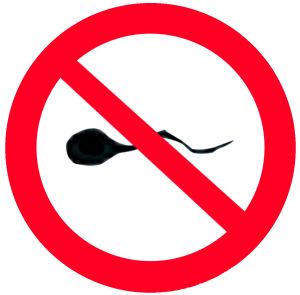Tonsil Talk
By J. “Whit” Mims, MD, Associate Professor of Otolaryngology at Wake Forest Baptist Health
Enlarged tonsils are a common childhood health issue. In fact, one of the most common pediatric surgical procedures in the United States is the tonsillectomy (the surgical removal of the tonsils). While most parents have heard of tonsil removal, many are unaware of the factors that can lead to a tonsillectomy.
There are a number of possible reasons for enlarged tonsils. We don’t know exactly why some children have enlarged tonsils and others do not. It seems that enlarged tonsils are common in some families, which suggests a possible genetic component. The anatomical structure of a child’s airway and jaw also determines whether his or her tonsils are likely to pose a problem. This may be why not all children with enlarged tonsils need to have them removed. It is also suspected that tonsil enlargement can be due to lymphatic changes caused by a viral or bacterial infection. For instance many kids (and adults) who develop mononucleosis tend to experience tonsil enlargement. For many of these patients the tonsils reduce to normal size once the virus has subsided, but for others the tonsils remain enlarged.
Enlarged tonsils can have a negative impact on a child’s day-to-day life. Children with enlarged tonsils frequently experience sleep disturbances including obstructive sleep apnea. This is because abnormally sized tonsils can obstruct the airway during the relaxation that occurs during sleep. In fact, chronic tiredness, difficulty waking up in the morning, waking up throughout the night and reduced performance at school can all be signs that a child is negatively affected by enlarged tonsils. Be on the lookout for these signs. If you notice them, observe your child while sleeping to see if he or she frequently gasps for air or has pauses in snoring.
Of course, not every child who snores or who has enlarged tonsils has obstructive sleep apnea. A pediatric ENT (ear, nose and throat doctor) can evaluate a child’s tonsils to determine a course of action. In some cases, a sleep study may be recommended.
Adenoid enlargement is different from tonsil enlargement. Adenoids are made of the same type of lymphatic tissue that tonsils are made of. However they are positioned closer to the nasal cavity. Because of this, adenoid enlargement can lead to nasal obstruction, which can contribute to chronic sinusitis and ear infections in children. Long-term nasal obstruction can affect facial development and contribute to sleep apnea.
In many children, enlarged adenoids reduce in size as the child ages. However, it is important to consider the adenoids—especially in young children with chronic nasal obstruction, children with persistent middle ear effusions (fluid or mucus behind their eardrum) and children with obstructive sleep apnea.
In older children, recurring tonsillitis becomes a more common reason for a tonsillectomy. This is also the second most common reason tonsils are removed in younger children. Tonsillitis is an infection of the tonsils that is usually caused by recurrent strep throat—although there can be other infectious causes for tonsillitis. When determining if tonsils should be removed due to frequent bouts of tonsillitis, physicians usually follow these guidelines:
- 7 episodes of tonsillitis within a 12-month period
- 5 episodes a year for two consecutive years
- 3 or 4 episodes a year for three or more consecutive years
A tonsillectomy is a common and safe surgery. However, there will be notable discomfort for the child in the days following the procedure. Children usually recover faster from adenoid removal alone than from tonsil removal. It is common for a child to have his or her tonsils and adenoids removed at the same time. For most children undergoing tonsillectomy with or without adenoidectomy, overall recovery can take a week to a week and a half. The biggest risk of tonsillectomy is bleeding after surgery. However this is uncommon and only occurs in about 2 percent of cases.
A course of action is based on a child’s unique situation. As mentioned earlier, not all enlarged tonsils need to be removed. And, in some cases, a child’s tonsils may only be acutely (not chronically) enlarged during or after an infection. In such instances, steroids may be recommended along with treatment of the infection. It’s also important to note that preventive tonsillectomies are not recommend.
Dr. Mims sees patients at the Wake Forest Baptist Health Medical Plaza- Clemmons. To make an appointment with him, contact (336) 716-4161.
Sponsored by Wake Forest Baptist Health



























